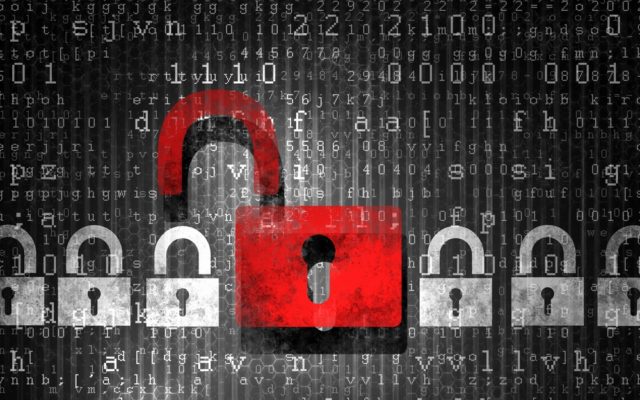As the Blockchain technology gains acceptance, we need to look beyond simplistic parallels. The Blockchain technology has gained a lot of hype over recent years as more and more industry players have started building up potential use cases. Its emergence has been compared to the early days of the Internet.
Such rhetoric is not new; throughout history, people have always had the tendency to talk about new, breakthrough technologies in terms of more familiar, already existing ones. Comparing the Blockchain to the Internet, however, eludes some crucial aspects of this breakthrough technology.
Many people also associate Blockchain technology and cybersecurity, because the Blockchain has strong cryptography at its core, and cryptography is seen as a native cybersecurity discipline. But here as well, the situation is far more complex.
First of all, the Blockchain technology has very little to do with the way Internet works. As such, those two technologies are not competing and can very well work alongside one another.
One troubling parallel between the Blockchain and the Internet, however, is the growing trend in industries such as finance which are endeavouring to create their own private Blockchain over which they would retain control. Such “Blockchain-intranets” are the result of very much the same ambivalence that organisations cultivated in their attitude towards the early Internet between a need to embrace new technologies in order not to be left behind while trying to retain their power and privileges (or at least not find themselves too disadvantaged by such fundamentally disruptive innovations). Just like the Intranet, however, private Blockchains would be less useful in scope and much less secure as the resilience of the network depends directly on its size.
The biggest difference between the Blockchain and Internet is the decentralized and governless nature of the former. Internet data is physically stored in a network of servers which are as many localized points of vulnerability of the system. These servers are almost always privately owned. When stored on the Blockchain, information is distributed among all participants – with no single node being able to alter the data without consensus from a majority of the network.
The decentralized nature of the Blockchain is its biggest strength when it comes to cybersecurity. Indeed, the proof-of-work system for reaching consensus on the Blockchain ensures that altering the data it stores would require so much computing power that it would be de facto impossible – and more and more so as the network grows. It represents a technology advancement that could address data integrity issues in a way no other technology was ever able to.
This last point is a crucial one when considering how quickly the Internet of Things is entering the technological mainstream, with a market for connected objects that is expected to grow exponentially over the coming years. As we noted in a recent article, one of the biggest challenge this technology will bring is the securing of the IoT – especially with regards to the integrity of the data on which automated objects will rely to function accurately. In this context, many people believe the Blockchain has the potential to fully solve this problem, as long as it can scale up fast enough. Creating a decentralized Ledger of Things would indeed allow for a degree of deeply efficient, truly secured automation between different components of the IoT. Some start-ups such as Filament are already working on that.
While Blockchain technology is becoming one of the most promising technical ways to secure the IoT, its ability to scale up will be essential. A mere sum of privately owned Blockchains runs the risk of being much less secure and efficient than an industry-wide one, and as such all IoT actors should collaborate for the greater good. There might be a role for an international public body in enabling such a process.
The future of both the Blockchain which is struggling to find practical use cases and of the IoT which crucially needs to be secured, might depend on it.
Find out more about how your business can truly protect its future from cyber threats by getting in touch.
(This article was written in collaboration with Vincent Viers).
Article by channel:
Everything you need to know about Digital Transformation
The best articles, news and events direct to your inbox
Read more articles tagged: Blockchain, Featured






